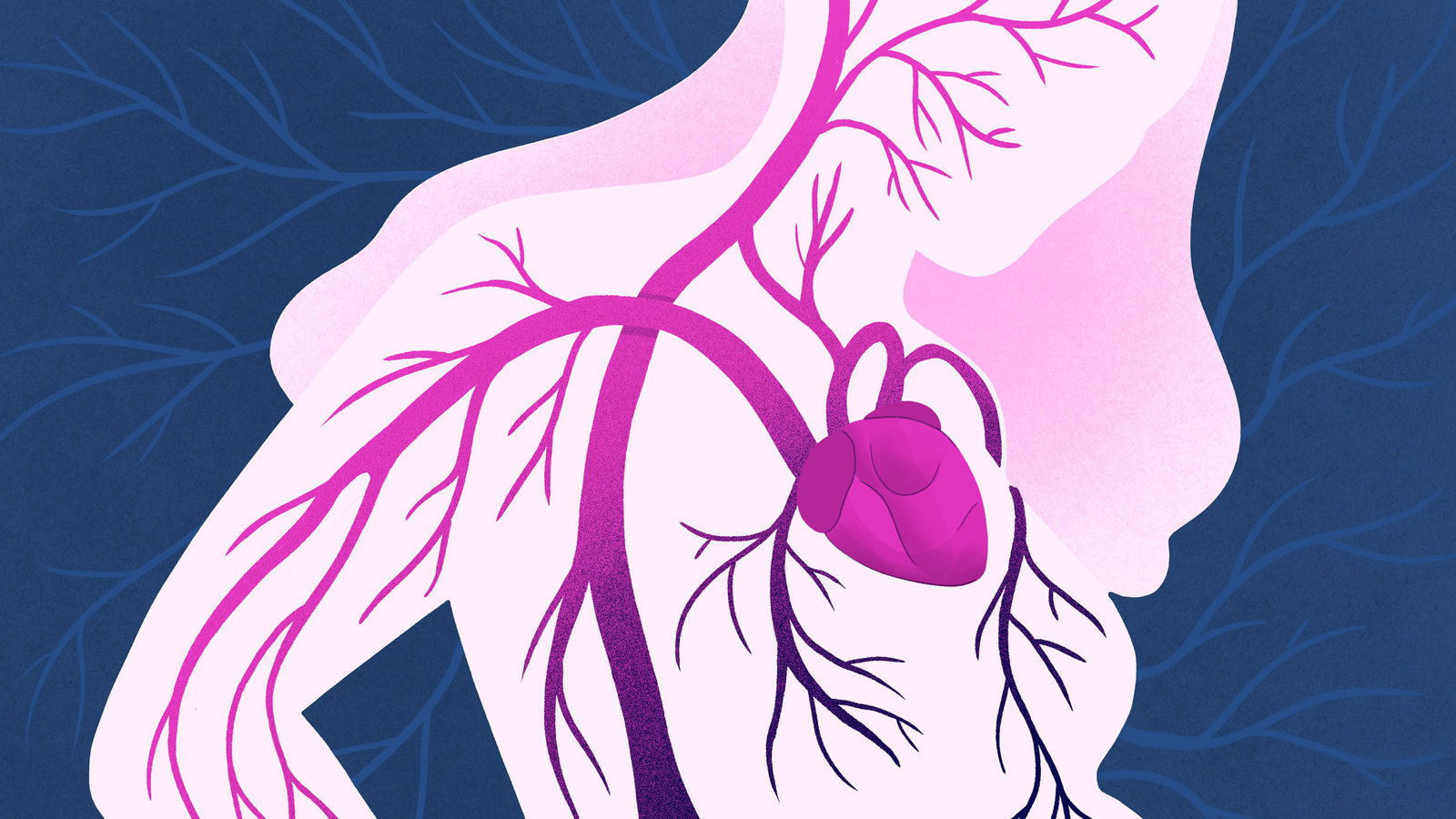Preeclampsia

Preeclampsia
Introduction
Preeclampsia is a common, yet serious problem that can develop during pregnancy. Formerly called toxemia, preeclampsia is characterized by high blood pressure and elevated levels of protein in urine that develop after the 20th week of pregnancy. Untreated preeclampsia can be dangerous or fatal to a mother and baby. Delivering the baby is the only cure for preeclampsia.
Anatomy
Your blood pressure is a measure of how hard your heart works to force the flow of blood. Your blood pressure measurement reflects systolic and diastolic pressure. Your systolic pressure is the amount of force that occurs when your heart contracts to pump blood out of your heart. Your diastolic pressure is the minimum pressure between heartbeats.
Your blood pressure is recorded as two numbers. Your systolic blood pressure is recorded as the top number and your diastolic blood pressure is the bottom number. For example, a blood pressure that is 120/80 mmHg is stated as “120 over 80.” In this instance, the systolic blood pressure is 120 and the diastolic blood pressure is 80.
Causes
The exact cause of preeclampsia is unknown. Researchers suspect that immune system, nutrition, blood vessel problems or insufficient blood flow to the uterus may contribute to preeclampsia. It occurs in about 8% of all pregnancies.
Symptoms
The symptoms of preeclampsia are high blood pressure and elevated protein levels in urine after the 20th week of pregnancy. Other symptoms may develop gradually or suddenly or just during the last few weeks of pregnancy. You may experience severe headache, vision changes, pain in your upper right abdomen, nausea, vomiting, dizziness, decreased urination, and sudden weight gain. Your face and hands may swell. You may feel irritable and agitated.
Diagnosis
Preeclampsia is usually detected during a routine prenatal doctor visit. However, you should contact your doctor if you develop the symptoms of preeclampsia. Blood pressure readings above 140/90 mmHg are considered high during pregnancy. Your doctor can check your urine sample for protein with a simple in-office test.
If you are diagnosed with preeclampsia, your doctor will conduct more blood and urine tests to determine how your liver and kidneys are functioning. Your doctor will carefully monitor your baby’s growth with ultrasound. A nonstress test or biophysical profile may be performed on your developing baby. A nonstress test measures your baby’s heart rate and amount of movement over a period of time. A biophysical profile combines an ultrasound with a nonstress test to provide more information.
Treatment
The only treatment for preeclampsia is to deliver the baby. If you are near the end of your pregnancy, you will be induced for labor or have a C-section right away. If you have severe symptoms, your baby will need to be delivered regardless of his or her gestational age. If your symptoms are mild, you may be placed on bed rest to allow your baby more time to develop. Your doctor may prescribe medications to lower your blood pressure and improve your liver and platelet functioning.
Prevention
Although there is no way to prevent preeclampsia, attending all of your prenatal care appointments can help identify the condition as early as possible to ensure prompt treatment.
Am I at Risk
Preeclampsia is more common during first pregnancies and first pregnancies with a new partner. The following is a list of conditions that increase the risk of developing preeclampsia
| First pregnancy | Hispanic women |
| Black women | Obesity |
| Older than 35 | Younger than 17 |
| Twins or higher order pregnancy | Family history of hypertension |
| Prior pregnancy with preeclampsia | Renal disease |
| Chronic hypertension | Gestational diabetes |
| Diabetes Mellitus | Lupus |
| Molar pregnancy | In Vitro Fertilization |
| Antiphospholipid Antibody Syndrome | |
Complications
Early and severe preeclampsia is associated with the greatest risk to the mother and baby. Complications may include lack of blood flow to the placenta, separation of the placenta from the uterine wall, and eclampsia (seizures.) HELLP syndrome, characterized by elevated liver enzymes and low platelet count, is life threatening to the mother and baby. The only cure for preeclampsia is to deliver the baby. Most women with preeclampsia deliver healthy babies; however, some premature babies may not survive.
Advancements
Research shows that women who took multivitamins and obtained a healthy weight before pregnancy reduced the risk of developing preeclampsia by more than 70%. Other research revealed that women with high levels of two types of protein in their blood were more likely to develop preeclampsia. Researchers are conducting more studies to determine prevention measures and ways to identify women with the greatest risk of preeclampsia. Current recommendations for women at high risk for preeclampsia is to start on a daily regimen of baby asprin (81mg) from 16 weeks until delivery.
Recent studies indicate that a protein free soluble Tyrosine Like Kinase protein or fs-TLK is the cause of preeclampsia caused by improperly implanted embryos. The science behind this discovery is very new and ongoing.